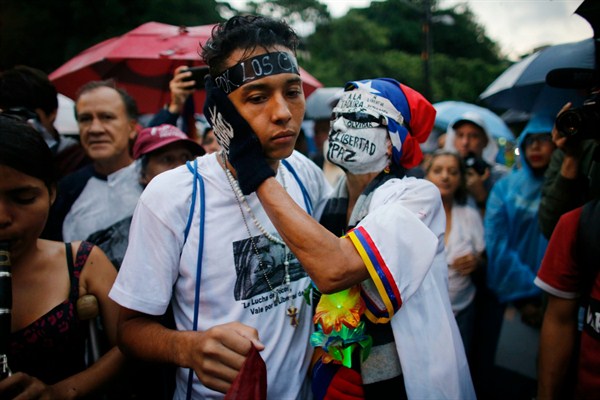Until recently, the hyperinflations that inflicted staggering economic costs in South America in the 1980s and 1990s seemed like a thing of the past. But that was before Venezuela, where inflation hit triple digits last year, at 652 percent. Without policy changes from the government, the International Monetary Fund forecasts inflation rates accelerating to 2,349 percent this year and 3,474 percent in 2019. Even these forecasts may be conservative, with the price of selected items already increasing by 80 percent in the first week of January.
While normal hyperinflations take place through excessive monetary creation—the government printing more and more money—Venezuela’s hyperinflation is more severe because it also features a sharp decline in the supply of goods as the economy has shrunk sharply each year since the oil price collapse in 2014. According to the IMF, in 2016 alone economic output fell by 16.5 percent. At the end of 2017, the contraction of Venezuela’s economy was the region’s largest ever recorded. Today per capita incomes in Venezuela have fallen back to levels not seen since the 1950s.
The calamity is mainly self-inflicted. After assuming office in April 2013, President Nicolas Maduro continued the lavish spending of his mentor and predecessor, Hugo Chavez, even though he didn’t have the oil profits to pay for it. Excessive expenditures combined with inept management led to increased fiscal deficits, which the government financed by merely printing more money. The money supply has increased by 9 percent per week since last October—in one of those weeks, in late November, it increased 14 percent—and by a cumulative 12,000 percent under Maduro. Constant minimum wage increases have further fueled hyperinflation.

